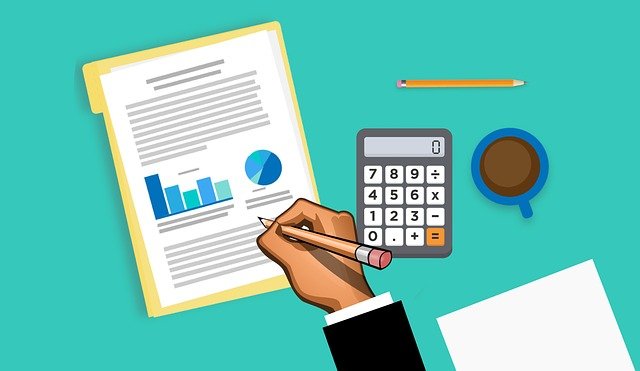
As a landlord, managing your rental properties efficiently and keeping finances in order are crucial for a successful and stress-free business. One financial responsibility landlords must address is the payment of their rental property tax bill. While this may seem like another item to do, there are tools that make this process smoother and more organized. We will explore the importance of paying your rental property tax bill on time and how using an income and expense tracking tool like RentalIncomeExpense.com can help simplify the process.
Importance of Paying Your Rental Property Tax Bill
Paying your rental property tax bill is a non-negotiable aspect of being a landlord. Failure to do so can result in penalties, fines, and even legal issues. To avoid these consequences, it’s essential to ensure your taxes are paid on time. Here’s why it’s crucial:
- Legal Compliance: Paying your taxes is not just a financial responsibility but also a legal one. Failure to meet your tax obligations can lead to legal troubles that can be costly and time-consuming.
- Financial Planning: Paying your taxes on time helps you budget effectively and maintain a clear financial picture of your rental property business.
RentalIncomeExpense.com is Free
To streamline the process of paying your rental property tax bill and keeping track of your property-related finances, consider using a free and dedicated income and expense tracking tool like RentalIncomeExpense.com. Here’s how it can help:
- Income and Expense Tracking: RentalIncomeExpense.com allows you to track your rental property income and expenses. Its reports like the profit and loss statement help you see if you are profitable or not.
- Organized Records: With a user-friendly interface, this free tool helps you maintain organized records of all your financial transactions related to your rental properties.
- Tax Deduction Management: RentalIncomeExpense.com can help you identify potential tax deductions related to your rental property business, which can ultimately reduce your tax liability. Its Schedule E Helper Report mimics Schedule E of your Form 1040 making tax preparation for you (or your accountant) easier.
Paying your rental property tax bill and managing your property finances are paramount for a successful and stress-free landlord experience. Utilizing tools like RentalIncomeExpense.com can simplify the process and help you stay on top of your financial responsibilities. It also helps with understanding how you may need to adjust rents given your expenses. With the right tools, you can focus on growing your rental property business while maintaining your financial house in order.









